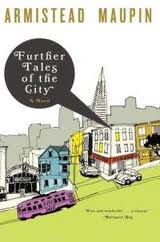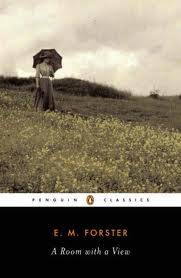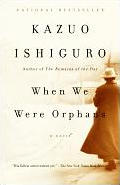“He who has not climbed the Great Wall is not a true man.” -Mao Zedong
The bus slowly whisked away from the busy, jam-packed Beijing streets to one of China’s most famous monuments, an obligatory sight for visitors–the Great Wall at Badaling. This is probably the most photogrpahed fragment of the wall and is the Great Wall’s most high-profile, with 13 segments stretching to the north and 7 to the south, like giant white ribbon writhing over endless terrains of mountains.
Standard history emphasizes the unity of the Wall. The original wall, which lays in ruins inland to the west, was begun over 2000 years ago during the Qin Dynasty (221-207 BC), when China was unified under Emperor Qin Shihuang. Separate walls, constructed by independent kingdoms to keep out marauding nomads, were linked together. So the wall that I see here in Badaling dated more recent than Qin. While the Wall never really did perform its function as an impenetrable line of defence, it worked well as a kind of elevated highway, transporting people and equipment across mountainous terrain.
I stand on the top beacon tower to the south (more steep than the popular north stretch), taking in the magnificent view of the white dragon that meanders the hills. It looks so invincible, disappearing in the distant hazy blue sky. Although popular sections like the Badaling Great Wall have been restored and dolled up for tourist consumption, the steeper south side is still quiet. I can’t help thinking of the lives and tremendous effort–the hurling of the bricks, the mounting, the stacking, and paving over the roller-coaster like slopes–taken to build this monument as I negotiate (sometimes not without difficulty) the steps. The wall is flawlessly clad in bricks and stoutly undulating over hills into the distance. Down at the base and at a few stretches arrive raucous hawkers that are sometimes difficult to fend off. But they are friendly and just trying to make a living out of the tawdry souvenirs.
I follow the restored sections, which quickly turn uphill and become very arduous that at times I need both hands free to climb up the slope. The crowd has drastically thinned out here as most people don’t make this far to the difficult sections. After crawling for another mile or so the wall nobly disintegrates into ruins. These are the more authentic fragments that are closed to avoid the danger of the cliff ahead. Never have I felt so fierecely and strongly about my Chinese root until I set my feet on the wall. If there is anything I’ll agree with Mao, this would be it–climbing the wall and be a true man!
Filed under: China, Memory Lane, Personal, Travel | Tagged: Badaling, Beijing, China, The Great Wall |
















































































































































































































































































That sounds so amazing!
Your pictures are just beautiful!!!
Sounds like an incredible trip. I hope some day I will get there myself.